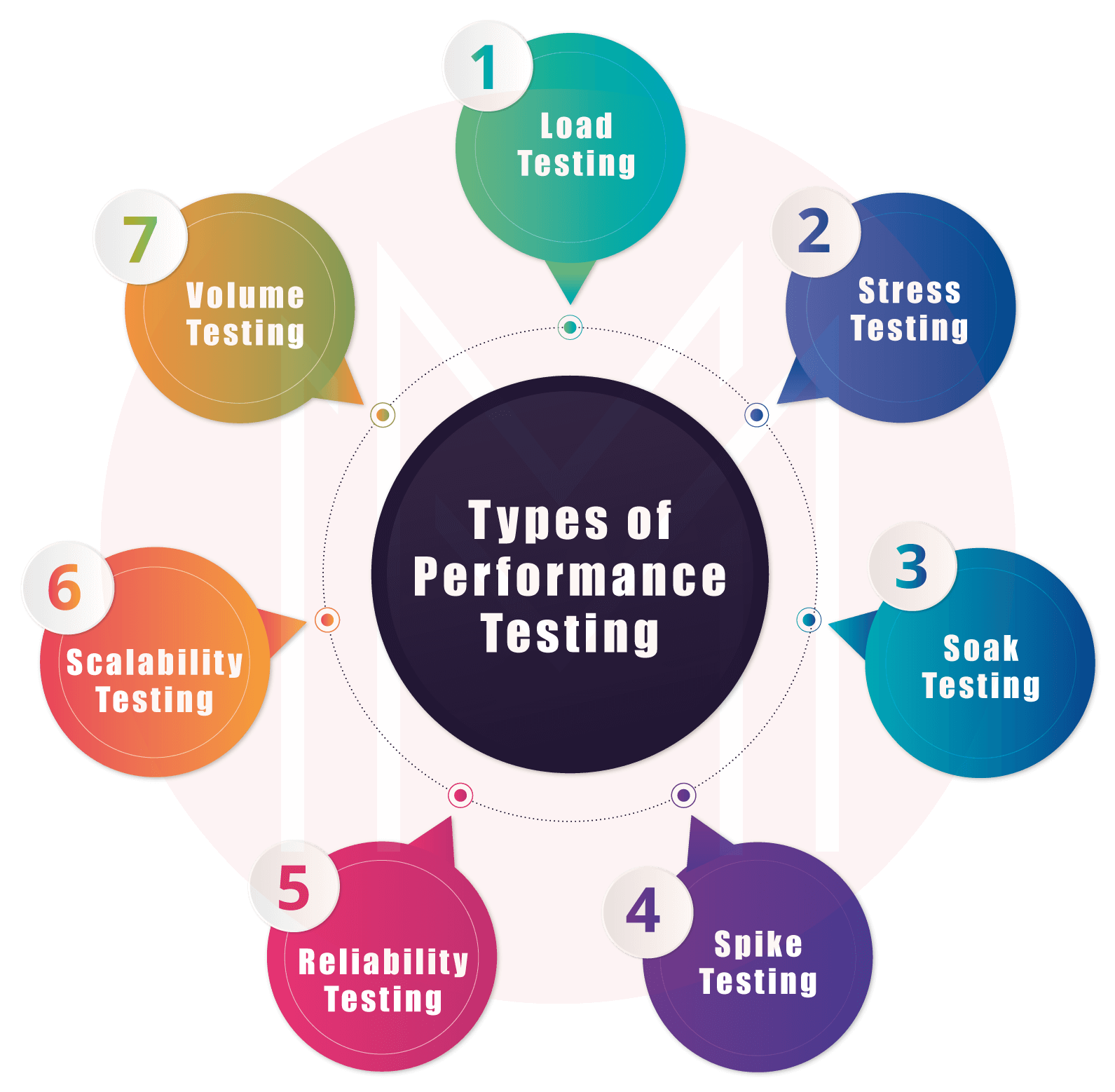Performance testing is a crucial aspect of software development and system optimization. It involves evaluating the performance and responsiveness of a system under various conditions. By simulating real-life scenarios, performance testing helps identify bottlenecks, determine the stability of the system, and ensure its efficient functioning. In this article, we will delve into the different types of performance testing, including load testing, stress testing, endurance testing, and spike testing, to provide a comprehensive understanding of each approach.
Table of Contents
- Introduction
- Load Testing
- Stress Testing
- Endurance Testing
- Spike Testing
- Conclusion
Introduction
Performance testing plays a vital role in assessing the capabilities of a software application or system. It is essential to ensure that the system can handle the expected workload and perform optimally even during peak usage. Among the various types of performance testing, such as load testing, stress testing, endurance testing, and spike testing, organizations can benefit from professional performance testing services. By leveraging the expertise of performance testing service providers, businesses can accurately evaluate their system’s performance, identify bottlenecks, and optimize their software for optimal efficiency.
Load Testing
Load testing involves subjecting a system to an increasing workload to measure its response time, throughput, and resource utilization. It helps determine how the system performs under normal and peak conditions. By simulating multiple concurrent users or transactions, load testing identifies performance bottlenecks and assesses the system’s scalability.
Stress Testing
Stress testing goes beyond load testing by pushing the system to its limits and beyond. The objective is to evaluate the system’s stability and measure its ability to recover from extreme conditions. Stress testing involves increasing the workload beyond the system’s expected capacity, testing its breaking point, and observing its behavior under stress.
Endurance Testing
Endurance testing, also known as longevity testing or soak testing, focuses on determining how the system performs over an extended period. It aims to identify any performance degradation or issues that may occur during continuous usage. Endurance testing simulates a sustained workload and monitors the system for memory leaks, performance degradation, or other problems that may arise over time.
Spike Testing
Spike testing examines the system’s response to sudden and significant increases in workload. It helps assess how the system handles sudden surges in user activity or transaction volumes. By subjecting the system to rapid changes in load, spike testing ensures its stability and responsiveness during unexpected spikes in usage.
Conclusion
Performance testing is crucial for ensuring the reliability, stability, and efficiency of software applications and systems. By evaluating different aspects such as response time, throughput, scalability, and stability, performance testing helps identify and resolve performance bottlenecks. Load testing, stress testing, endurance testing, and spike testing are essential techniques employed to achieve these goals.
By leveraging these performance testing types, organizations can proactively address performance issues, enhance the user experience, and optimize system performance. Investing in robust performance testing methodologies ultimately leads to more reliable software products and satisfied end-users.
In conclusion, understanding the different types of performance testing, including load testing, stress testing, endurance testing, and spike testing, is crucial for organizations seeking to optimize the performance and reliability of their software systems. By conducting thorough performance tests, businesses can proactively address performance issues, ensure a seamless user experience, and ultimately deliver high-quality software products.
